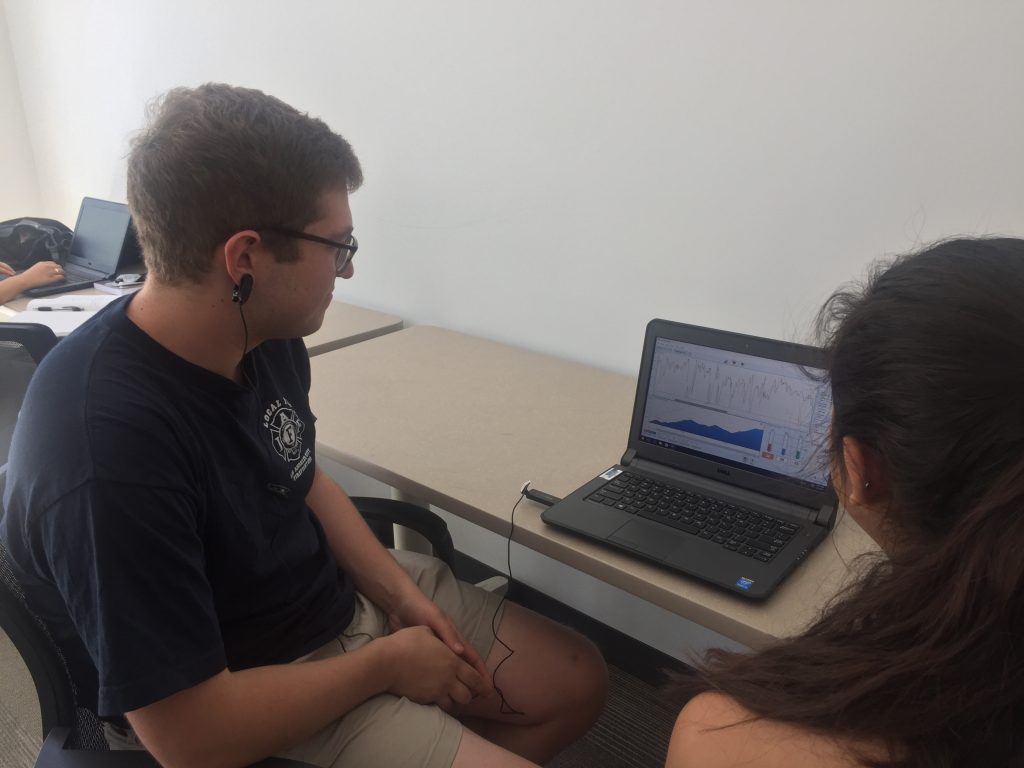Professor Edward Mamary, Health Science and Recreation, served as Principal Investigator on two Photovoice projects. Photovoice is a group analysis method combining photography with grassroots social action, and is commonly used in the fields of community development, public health, and education. Participants are asked to represent their communities or express their points of view by photographing scenes that highlight research themes. Common research themes may include community concerns, community assets, or health barriers and facilitators. These photographs are collaboratively interpreted, and narratives can be developed that explain how the photos highlight a particular research theme. These narratives are used to better understand the community and help plan health or social programs that address community needs.
“I am proud to say that two Photovoice projects will be sponsored for separate viewing by the San José State University Office of Diversity, Equity, and Inclusion,” says Professor Mamary. “They are scheduled to be exhibited in the second floor exhibit area of the Dr. Martin Luther King Jr. Library.”
The first community-based project “A Tapestry of Resilience: Wrestling with Our Jewish Experience,” showcases the lived experiences of Jewish community members in the San Francisco Bay Area and will be shown from November 9th through mid-day December 1st, 2016. The second project, “Living in an Unfinished America: Shared Experiences of Discrimination and Resilience by Arab, Muslim, and Sikh Americans,” will be showcased late-afternoon December 1st through December 21st, 2016.
“Given the current political environment, it is important that we invite the public to explore and gain insight into how groups of people have used their own voices to combat hate,” says Professor Mamary. “Using the community engaged method of Photovoice, our participants in both groups have responded to prejudice and discrimination by sharing their own stories through photography and narrative. Their stories not only reveal the challenges they have encountered, but how they have responded to these challenges with resilience, cultural pride, and self-determination.”
Photovoice Projects:
Not A Personal Choice

This picture portrays myself either putting on or taking off a scarf. I used to wear the hijab, but I ended up taking it off. To this day, I still struggle with the choice I’ve made, and I hope to one day put it back on. We live in a society that encourages personal choice, just as long as it follows the norm. But racism, prejudice, and stereotyping took away my personal choice and my freedom of religion. It affected my job, my ability to make friends, my ability to be heard, and my ability to be happy.
—Verdah
To Hide or Stand Out?

This photo shows people passing by my friend near Sather Gate as he stands there contemplating whether or not to display his Jewish Star on campus. Two photos are layered on top of each other – one of him wearing the Star around his neck and one without – to give you a feeling of the frustration and sadness I feel as a college student.
Every day on campus, I have these feelings of isolation and having to choose whether to blend in and lose my identity or to stand out and be judged for my upbringing and religious and cultural ties. There have been several times on campus where I’ve walked by, and if I’m wearing a Jewish symbol, I get dirty looks. It is a constant struggle.
There are so many movements to accept people who are different, to not judge or stereotype them, but when it comes to Jews, we are seen as different and many think it is okay to cast their prejudices on us.
As a Jewish person, I feel I have to choose whether to hide or stand out. Do I want to be labeled as a Jew, which has a lot of negative attention associated with it, or do I want to just blend in and hide my history and culture?
—Joshua
 Congratulations to Mari Matsumura, master’s student in public health as a recipient of a Graduate Equity Fellowship (GEF) award for the academic year 2019-2020.
Congratulations to Mari Matsumura, master’s student in public health as a recipient of a Graduate Equity Fellowship (GEF) award for the academic year 2019-2020.



